Harvested by Decree
The Real Compra Bandala in the Bikol Region
By Cheek S. Fadriquela, PhD
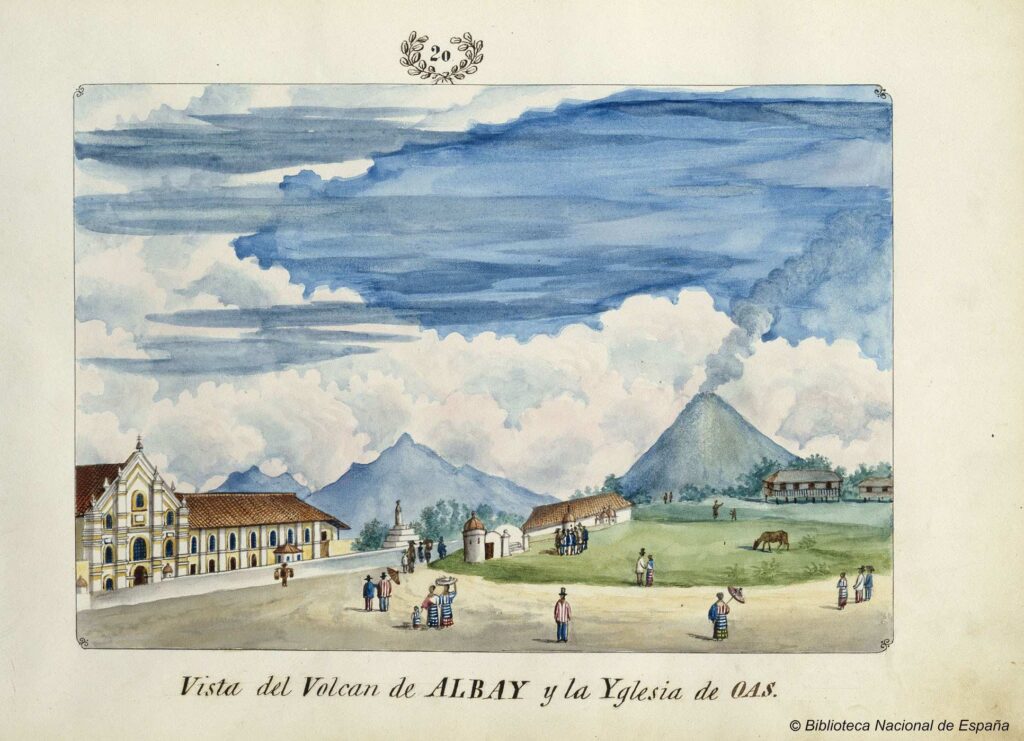
View of Albay Volcano and Oas Church 1847 watercolor painting by Honrato Lozano (Figure 1) (Biblioteca Nacional de España)
On 23 August 1704, Governor General Don Domingo de Zabalburu y Balenchana de Echavarri issued a decree implementing the Real Compra de Bandala for the province of Camarines. The manuscripts presented in this study are official testimonies by local authorities attesting to the compliance with that order.1
The decree ordered the requisition of four thousand chinantas of abaca and two thousand gantas of oil, to be purchased from the natives at a just price—an intention that was ultimately not honored. It was received by the alcalde mayor and juez of Camarines province Capitán Don Juan Esteban de Encinas and translated by the court interpreters who made a testimony in Nueva Caceres on 9 November 1704. Accordingly, Encinas gave an order dated 18 November 1704 from Canaman for the proclamation of the said decree to the governors of Bao, Nabua, Yriga, Polangui, Buhi, Oas, Ligao, Guinobatan, Camarines (or Camalig) and Cagsaua.
Encinas’ order required that the decree be publicly declared and displayed. It also mandated that compliance be verified by the local scribe or notary and formally certified by the local clergy. After making two copies of the original order, the notary was to send the original to the next town. One copy had to be read aloud and published, while the other was to be posted in a public place. Failure to comply was punishable under the full rigor of the law.
Both Capalongan and Siminandig (also known as Lagonoy2 ) were not mentioned in the order by Encinas but the manuscripts attest that the decree was executed in these towns. Most of these towns can be found in the Murillo Velarde map of 1734. At present, all the mentioned towns are municipalities in the provinces of Albay (Polangui, Oas, Ligao, Cagsawa, Camalig, Guinobatan), Camarines Sur (Buhi, Iriga, Nueva Caceres, Canaman, Bao, Libmanan, Lagonoy) and Camarines Norte (Capalonga).
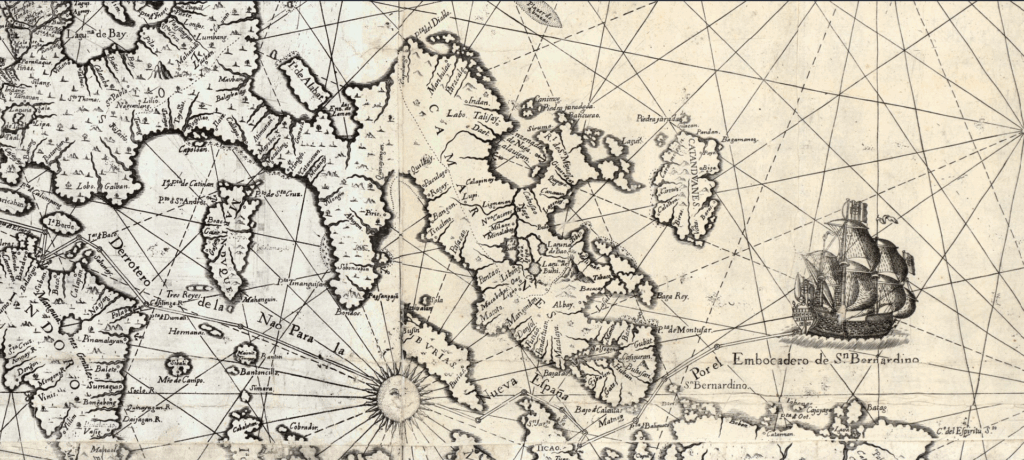
The Bikol Region extracted from the Murillo Velarde Map of 1734 (Figure 2) (Biblioteca Nacional de España)
Bandala for Abaca and Coconut Oil
A century prior to these testimonies, the Real Compra de Bandala was imposed by colonial authorities on 14 June 1604.3 It was one of the measures of the Spanish authorities that sustained Manila’s food needs and, above all, ensured the continuity of the galleon trade in the 17th and 18th4 century. Bandala is a Tagalog word that may be translated as distribution or repartimiento5 or derrama6 in Castilian.
Apart from repartos de mercancías, the Real Compra de Bandala was one of the types of taxation called the reparto de dinero that formed the system of taxation called bandala system.7 It decreed the mandatory sale of local products to the colonial government by the natives at the so called official prices that were much lower than the current market price of the requisitioned goods that was mainly rice.8 Cash items distributed by the Real Hacienda was used for the acquisition of these goods.9 For non-rice producing provinces, their inhabitants were obliged to sell products such as coconut oil, resin, meat, abaca, and salt equivalent to four reales.10 The written certifications attest to the sale of abaca and coconut oil in the Bikol region.
The requisition of abaca by the colonial government was motivated by the demand for ropes and riggings for the Manila galleons. that resulted in a decree on 12 April 1626, which obligated all natives to plant and cultivate the abaca plant.11 However, even before the arrival of Miguel López de Legazpi, Philippine natives had grown abaca for weaving textiles and ropes.12 By early 1636, the colonial government regarded the abaca fiber as a crucial item in the navy yards as tacos de artilleria (gun stopper), ayustes (cable splicers), betas (piece of cordage for serving all sorts of tackle), calabrotes (stream cable) as well as for the riggings of the galleons plying the Manila-Acapulco route.13
Amidst the economic stagnation in the Bikol region from the 16th until the first half of the 18th century, Franciscan missionary Fray Pedro Espallargas devised an improvement in stripping abaca which would greatly affect the economic development of the region in the later years.14 He was a member of the 20th mission of the Franciscan Order of Friars led by Fray Francisco Solier (de San José) who arrived in the Manila in 1654.15
Based on the certifications, four thousand chinantas of abaca were requisitioned in Polangui, Ligao, Buhi, Camalig, Guinobatan, Libmanan and Cagsaua. A lesser amount of 490 chinantas of abaca was demanded in Oas which was also known as Guas. One chinanta is equivalent to 13 libras and 12 onzas in Castilian weight in Manila.16 As there are 16 onzas in one libra17, one chinanta is equivalent to 220 onzas or around 6.3 kg.18 Despite having no amount indicated in the certifications, the bandala for abaca was proclaimed and imposed as well by the colonial government in Nabua, Capalongan and Siminandig.
Twenty years after the decree on abaca, the natives were ordered to plant and cultivate coconut (Cocos nucifera) trees by a decree on 7 December 1646 issued by the Governor General.19 The colonial government found its numerous use such as provision of oil for lighting of various colonial structures, churches and convents; wine, etc. and for the sustenance of the numerous royal storehouses, military garrisons, and naval forces in the Philippines and elsewhere.20
Similarly, the certifications attest to the requisition of two thousand gantas of coconut oil in Polangui, Ligao, Buhi, Camalig, Guinobatan, Libmanan and Cagsaua. In Oas, a smaller quantity of 210 gantas of coconut oil was required. One ganta, which is a measure for both dry and wet weights, is equivalent to 3 liters.21
However, in the testimony by the local notaries, ganta is replaced with cabula or cabulao. Although the requisitioned quantity for coconut oil was also not indicated, the certifications attest to the compliance in Nabua, Capalongan and Siminandig.
Prices for the requisitioned goods were not indicated in all certifications. However, the Polangui and Guinobatan certifications declared that the prices were two reales per chinanta for abaca and half a real per ganta for the coconut oil. It must be noted, however, that Polangui certification by Fray Alonso de San Buenaventura informed that the two reales price for the abaca was at a reduced price.
The Real Audiencia report on 9 August 1752 attests to the requisition of the mentioned goods.22 It enumerated that the inhabitants in the province of Camarines had to deliver under the Real Compra de Bandala four thousand chinantas of abaca at 2 pesos per chinanta for the manufacture of ropes in the rope factories of the colonial government; two thousand gantas of coconut oil at 6 granos per ganta for the lighting needs of churches and convents.23
Testimonies and Certifications
The order of Encina generated two types of certifications; the testimony by the civil administration that it had communicated the decree, and the certification by the local clergy that the civil administration had obeyed all orders of the decree. Both certifications are dated but the former mostly indicated the time of decree proclamation.
The civil administration testimony was written mostly in Bikolano by the notary for the capitán basal attesting that a pregonero (town crier) had proclaimed the edict in the streets accompanied by the beating of a drum, and this edict had been posted in public that could be seen by everyone. The requisitioned products, and variably, their volume and costs were also indicated. This testimony also bears the names of the witnesses. The notary in Polangui even mentioned that the collected goods were brought immediately to the port which was most likely in the town of Pasacao.
On the other hand, the Franciscan clergy certifies in Spanish that the order had been presented to the public in the local language by the civil administration. It also includes the manner of presentation such as posting on the church door or in the most visible area of the tribunal (government building) and it had been seen by the public after attending the church service.
Hence, for the compliance of the capitán basal, Fray Alonso de San Buenaventura certified for Don Pantaleon dela Cruz in Polangui, Fray Alonso Caparros for Don Sebastian de los Angeles in Nabua, Fray Matías de Guadalupe for Don Juan de Guzmán in Libmanan, and Fray Francisco de San Juan Evangelista for Don Bernabé Siam in Cagsawa. For the unnamed capitán basal, Fray Francisco de Madre de Dios certified for Ligao, Fray Carlos de Jesús for Yraga (or Yriga), Fray Francisco de Villamiel for Buhi, Fray Domingo Martínez for Oas, Fray Bartolomé de(l) Sacramento for Bao, and Fray Joseph Gómez for Camarines or Camalig and Guinobatan, The capitan basal of Oas was mentioned by the notary of Don Pantaleon dela Cruz in his testimony as Don Ventura Gomba. In this set of manuscripts, there are no corresponding compliance certifications from the local clergy for the testimonies written by the notaries of capitán basal Don Lucas and Don Gabriel Tatad for the towns of Capalongan and Siminandig, respectively.
Franciscan Missionaries
Although the introduction of Christianity in the Bikol region can be attributed to the Augustinians, the spread of the faith in this region as well as the founding of towns were due to the zealous works of the Franciscan missionaries. The mentioned clergymen were all Franciscan missionaries who arrived in Manila following the 24th Franciscan mission in 1674.24
Fray Alonso Caparros of Nabua was from this mission. Fray Carlos de Jesús of Yriga came to Manila in 1679 with the 25th mission led by Fray Mateo Bayon.
Fray Francisco de Madre de Dios of Ligao and Fray Francisco de Villamiel of Buhi arrived in Manila with the 26th Mission in the first half of 1684 led by Fray Francisco de Santa Catarina. After a shipwreck and being detained for six months in the Marianas, Fray Alonso de San Buenaventura of Polangui arrived with the 28th Mission in 1691 led by Fray Miguel Sánchez. Fray Domingo Martínez of Oas, Fray Bartolomé del Sacramento of Bao, Fray Joseph Gómez of Guinobatan and Fray Matías de Guadalupe of Libmanan all arrived together in August 1696 with the 29th Mission led by Fay. Antonio de Santo Domingo.
Noteworthy among these missionaries was Fray Domingo Martínez who before Oas, administered the town of Quipayo in 170225 and was the parish priest of Ligao in 1709.26 He was a prolific writer and among his works are: Compendio Historico, de la Apostolica Provincia de San Gregorio de Philipinas de Religiosos Menores Descalzos de N. P. San Francisco which was published in 1756 in the Imprenta de la Viuda de Manuel Fernandez in Madrid, and Catecismo de la doctrina cristiana en idioma bicol published in 1864 in the Imprenta del Colegio de Sto. Tomás in Manila.27
Furthermore, Fray Martínez’ Explicación de la doctrina christiana, con un arancel para el acierto de examinar las conciencias y algunas devociones en el idioma Bicol de la provincia de Camarines and El príncipe más religioso, el religioso más observante D. F. Andres González […] were published in the Franciscan convent by Brother Francisco de los Santos in 1708 and in the Dominican press by Juan Correa in 1709, respectively.28
As prescribed by the edict to translate it to the local language, all testimonies by the local government were written in Bikolano except for one Tagalog testimony penned by the notary in Capalongan. Capalonga, as plotted in the Murillo Velarde Map of 1734, is situated in the northern bounds of the Bikol region. It is a municipality in present day Camarines Norte that is mostly Tagalog speaking.29 This can be attributed most likely to the migration of Tagalog-speaking inhabitants from its contiguous province of Tayabas (now called Quezon).
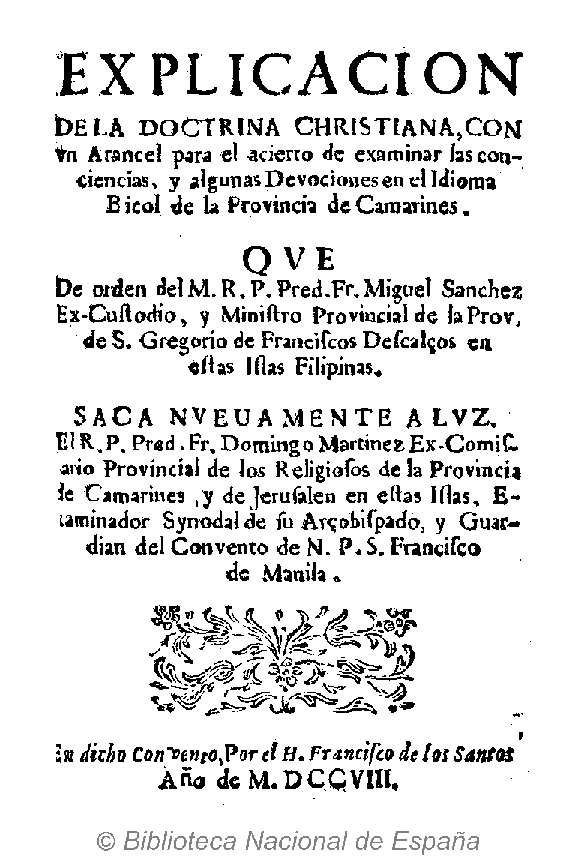
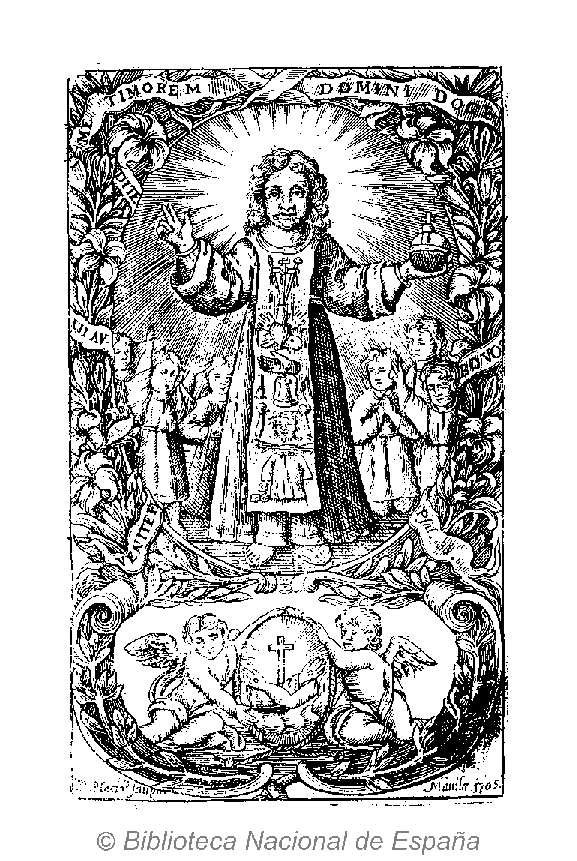
Pages from the Fray Martínez’ Explicación de la doctrina christiana, con un arancel para el acierto de examinar las conciencias y algunas devociones en el idioma Bicol de la provincia de Camarines (Figure 3) (1708) (Biblioteca Nacional de España)
The End of Real Compra de Bandala
The alcalde mayores were entrusted with the exaction of the Real Compra de Bandala obligations. However, the mayors were not transparent on the prices and product information given to their superiors which enabled them to pay the natives with lower prices than the tariff, which was already relatively low.30 In addition, they hoarded products so that in times of scarcity, the product was transported free of charge by the natives to the capital, where it was sold at market prices.31 The mayors benefited from the bandala system at the expense of the natives who had to put into production their lands that until then were for self-sustenance not compelling to work.32
In 1676, Fray Domingo Fernandez Navarette described the burden by the Real Compra de Bandala to the natives:33
In short, after the Indians have paid their Taxes, helping with the cutting of the wood, and other personal Duties (of which there are many), then every Province is rated yearly. For instance, Pampanga is rated 24,000 Bushels of Rice, at two, or at two-and-half Ryals the Bushel. This is said to be for his Majesty. Yet even at this this rate, the Indians have to wait God knows how long for payment. The Indians of the Province are then rated how much every one is to furnish in order to make up this Quota, which is exacted from them with great Rigour, besides the Frauds of the Masters of the Vessels who carry it; to meet these extra Demands a man who is rated at three Bushels, must, in fact, give half a Bushel extra; and he who is assessed at six, has to pay seven, and so on. This is what they mean by the ‘Vandalas’. These Goods, thus exacted from the Indians, have not been paid for by us Spaniards for many Years and it is this that drives the Indians to quit those Islands and go to other Places as I shall say elsewhere and makes them forbear to sow, as I my self have heard them confess.34
READ THE FULL DOCUMENT
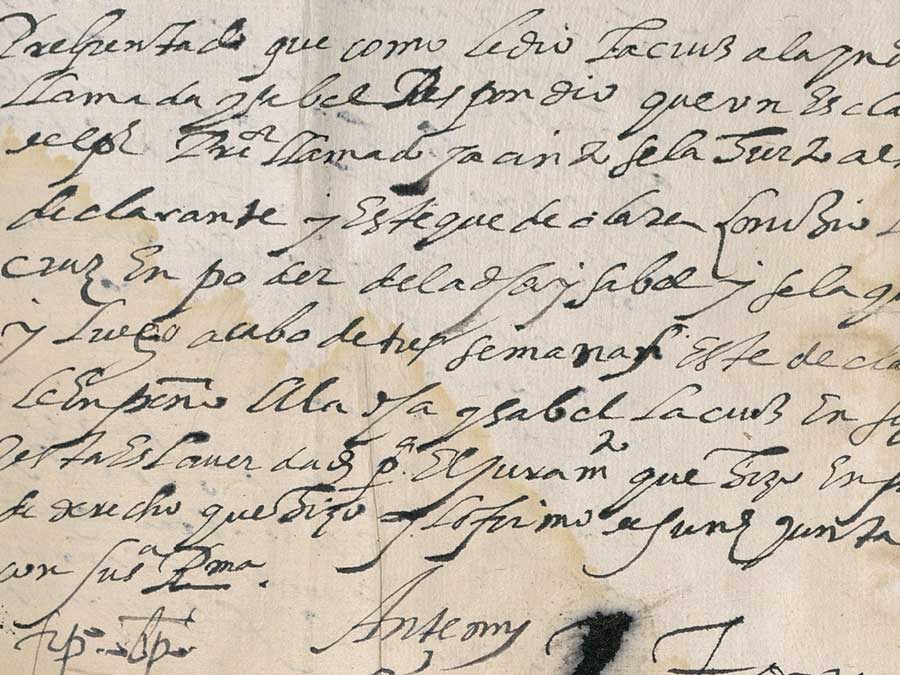
Documents pertaining to Bandalas issued in the Bikol region (1707-1713)
A compilation of documents related to the Real Compra de Bandala (or Vandala) issued in the Bikol region between 1704- 1713.
47 pages, transcribed and translated
View the full document
VIEW OTHER FEATURED TEXTS
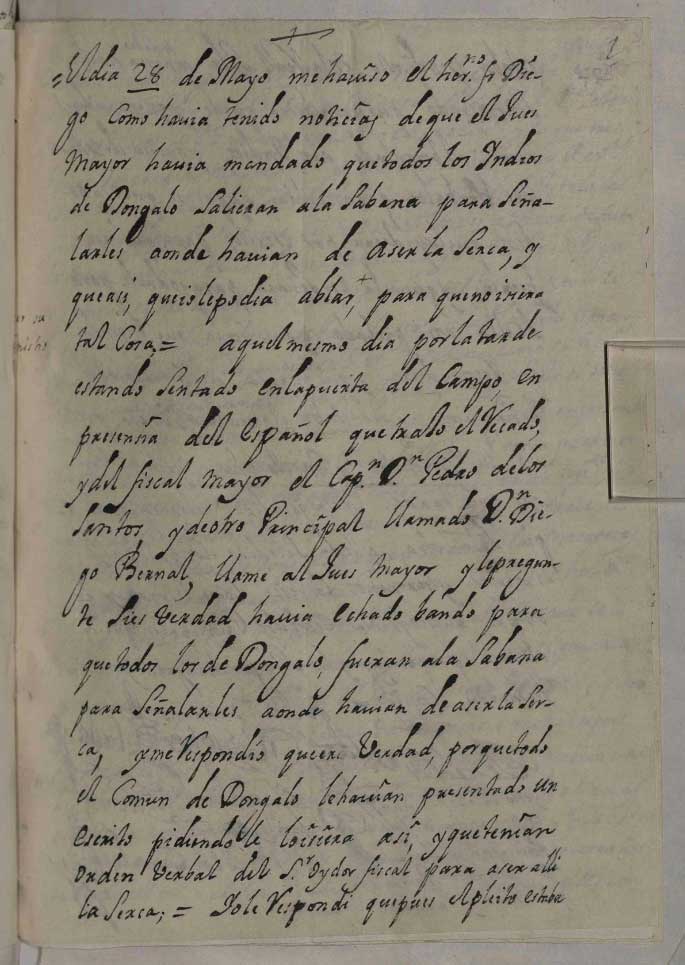
Upheaval and Indigenous Resistance in Dongalo
In May of 1717, a physical skirmish broke out in Dongallo, a town just south of Manila between a group of local principales and Augustinian officials over where the line between their property really was
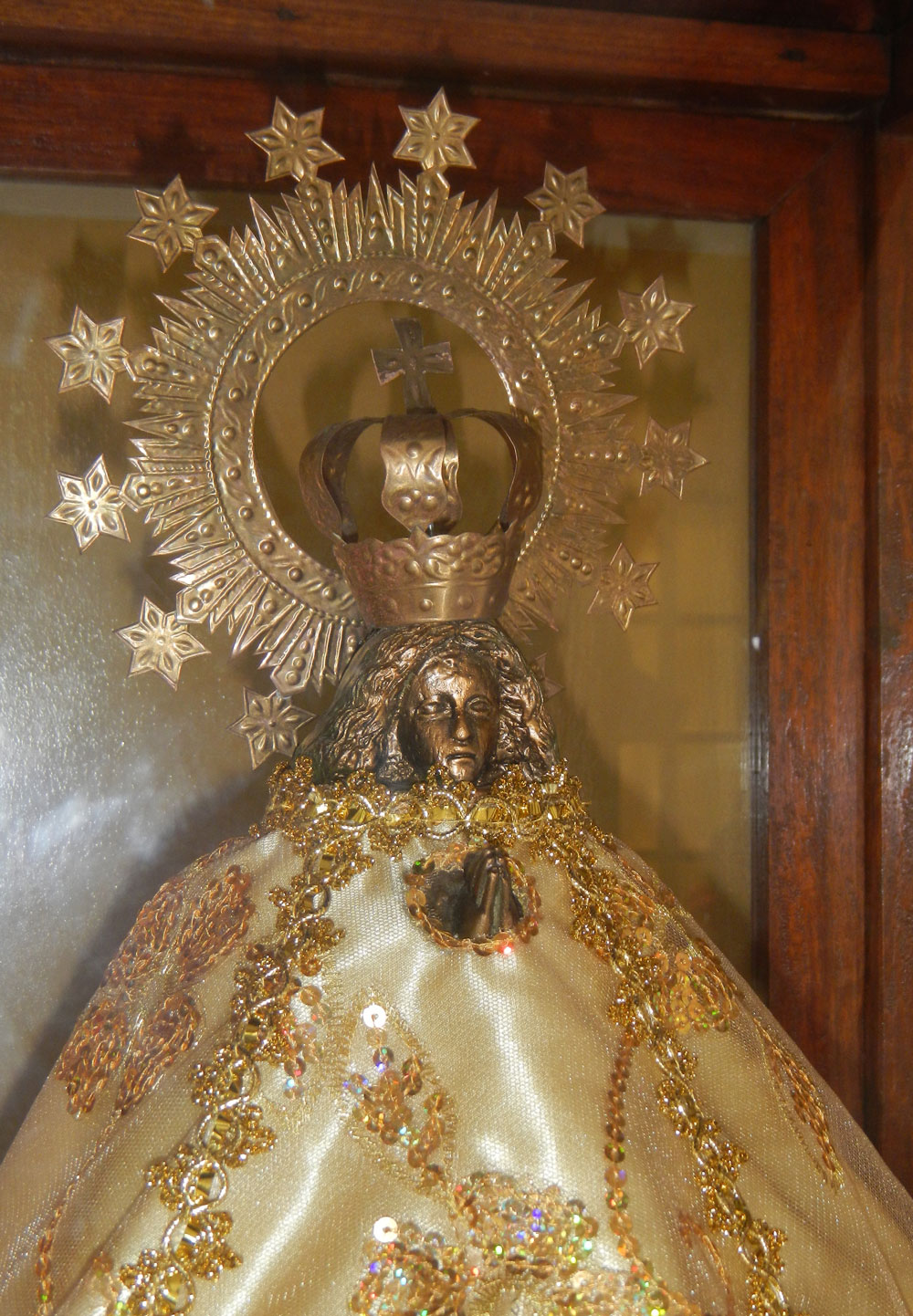
Race, Massacre, and Resurrection in Casaysay
The case at hand is an ecclesiastical investigation that validated a miracle performed by Our Lady of Caysasay, an image of the Immaculate Conception located in Caysasay, near Taal, not far from Manila.